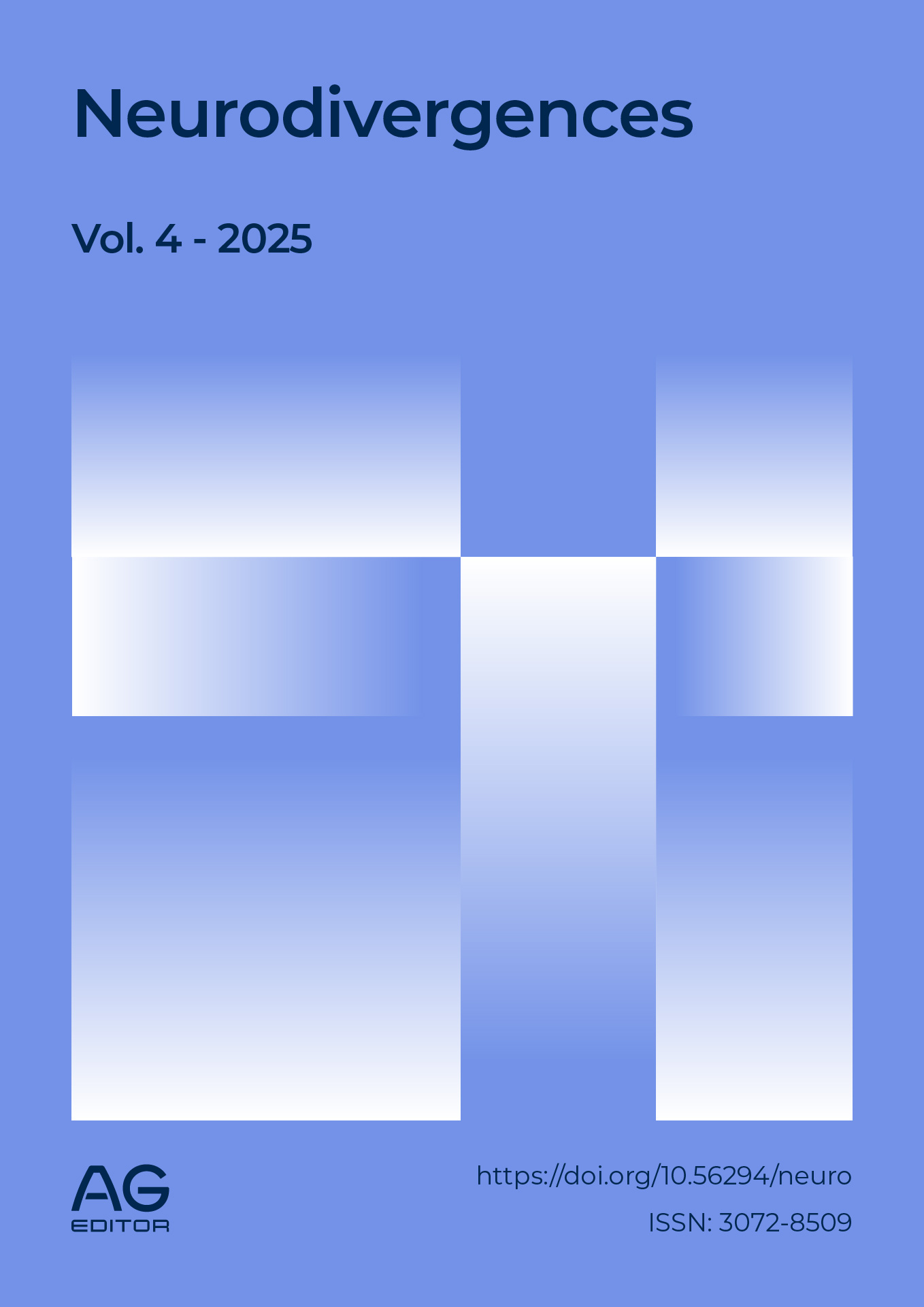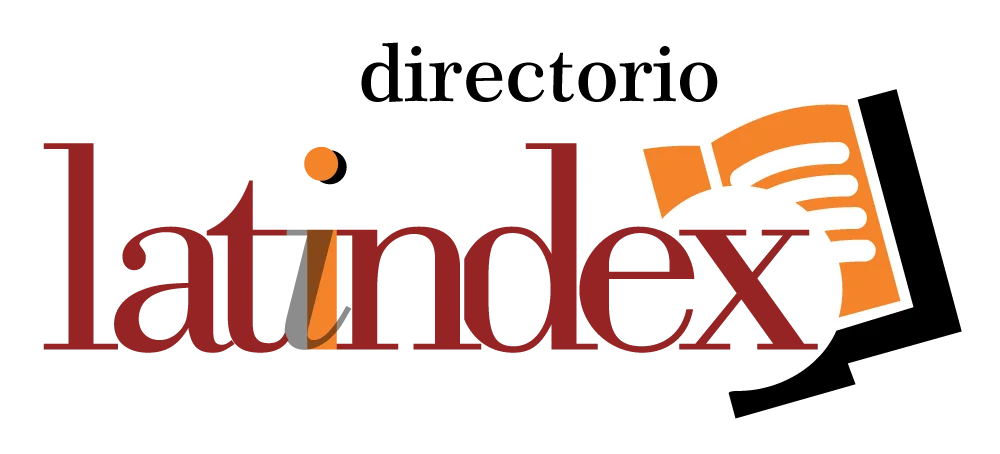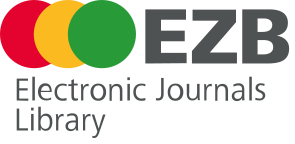Attention Deficit Hyperactivity Disorder (ADHD): A review of the executive dysfunction, attention regulation, hyperfocus, and compensatory strategies across the lifespan
DOI:
https://doi.org/10.56294/neuro2025244Keywords:
Attention-Deficit Hyperactivity Disorder, Executive Dysfunction, Compensatory StrategiesAbstract
Introduction: attention-deficit hyperactivity disorder (ADHD) is a complex neurobiological condition that affects individuals at various stages of their lives. Often misunderstood, ADHD is characterized by a combination of symptoms that include attention difficulties, hyperactivity, and impulsivity. This report aims to delve into the neurobiological basis of ADHD, as well as its diagnostic criteria and the evolution of its manifestations over time.
Objective: to analyze in detail the key components of ADHD, and its compensatory strategies throughout life.
Development: the characteristics of executive dysfunction, which impacts planning, organization, and emotional control in individuals with ADHD, are examined. Additionally, compensatory and management strategies that can be implemented to support those with this disorder are discussed. The importance of a multimodal and personalized approach that adapts to the individual's changing needs throughout their lifespan, thus ensuring effective intervention, is highlighted.
Conclusions: future perspectives for ADHD research focus on precision medicine and the influence of technology, as well as the need for a deeper understanding of its heterogeneity and comorbidities. A comprehensive approach tailored to each individual not only improves quality of life but also promotes a more complete understanding of ADHD as a complex and multifaceted disorder.
References
1. Acosta MT. Trastorno con déficit de atención e hiperactividad neurobiología a lo largo de la vida. Pediátr Panamá 2017; 46 (2): 32-40. https://docs.bvsalud.org/biblioref/2017/08/848352/trastorno-con-deficit-de-atencion-e-hiperactividad-neurobiologi_gSEpRQ8.pdf
2. Trujillo González LM, et al. TDAH en Niños y Adultos: Actualización. Ciencia Latina: Revista Multidisciplinar 8.4 (2024): 679-693. https://dialnet.unirioja.es/servlet/articulo?codigo=9726100
3. Reyes Ticas JA, Reyes Ochoa E. Trastorno por déficit de atención e hiperactividad (TDAH) en adultos. CONSEJO EDITORIAL 2009-2010 78.4 (2010): 196. http://34.230.102.254/assets/Uploads/Vol78-4-2010.pdf#page=30
4. Kieling R, Rohde LA. ADHD in children and adults: diagnosis and prognosis. Behavioral neuroscience of attention deficit hyperactivity disorder and its treatment. 2011: 1-16. https://link.springer.com/chapter/10.1007/7854_2010_115
5. Teixeira Leffa D, Caye A, Rohde LA. ADHD in children and adults: diagnosis and prognosis. New discoveries in the behavioral neuroscience of attention-deficit hyperactivity disorder. 2022: 1-18. https://link.springer.com/chapter/10.1007/7854_2022_329
6. Martinez-Badía J, Martinez-Raga J. Who says this is a modern disorder? The early history of attention deficit hyperactivity disorder. World J Psychiatry. 2015 Dec 22;5(4):379-86. doi: 10.5498/wjp.v5.i4.379. https://pmc.ncbi.nlm.nih.gov/articles/PMC4694551/
7. Mahone EM, Denckla MB. Attention-Deficit/Hyperactivity Disorder: A Historical Neuropsychological Perspective. J Int Neuropsychol Soc. 2017 Oct; 23(9-10):916-929. doi: 10.1017/S1355617717000807. https://pmc.ncbi.nlm.nih.gov/articles/PMC5724393/
8. Nigg JT. Future directions in ADHD etiology research. J Clin Child Adolesc Psychol. 2012;41(4):524-33. doi: 10.1080/15374416.2012.686870. https://pmc.ncbi.nlm.nih.gov/articles/PMC4321791/
9. Torgersen T, Gjervan B, Lensing MB, Rasmussen K. Optimal management of ADHD in older adults. Neuropsychiatr Dis Treat. 2016 Jan 8;12:79-87. doi: 10.2147/NDT.S59271. https://pmc.ncbi.nlm.nih.gov/articles/PMC4712975/
10. De La Fuente A, Xia S, Branch C and Li X. A review of attention-deficit/hyperactivity disorder from the perspective of brain networks. Front. Hum. Neurosci. 2013. 7:192. doi: 10.3389/fnhum.2013.00192 https://www.frontiersin.org/journals/human-neuroscience/articles/10.3389/fnhum.2013.00192/full
11. López SM, Rodillo E, Kleinsteuber K. Neurobiología y diagnóstico del trastorno por déficit de atención. Rev. Med. Clin. Condes, 2008; 19(5) 511-524. https://www.clinicalascondes.cl/Dev_CLC/media/Imagenes/PDF%20revista%20m%C3%A9dica/2008/5%20nov/06NEUROBIOLOGIA-6.pdf
12. Pozzi M, Bertella S, Gatti E, Peeters GGAM, Carnovale C, Zambrano S, Nobile M. Emerging drugs for the treatment of attention-deficit hyperactivity disorder (ADHD). Expert Opin Emerg Drugs. 2020 Dec; 25(4):395-407. doi: 10.1080/14728214.2020.1820481. https://pubmed.ncbi.nlm.nih.gov/32938246/
13. Tegelbeckers J, Brechmann A, Breitling-Ziegler C, Bonath B, Flechtner HH, Krauel K. Neural Mechanisms Underlying the Effects of Novel Sounds on Task Performance in Children With and Without ADHD. Front. Hum. Neurosci. 2022. 16:878994. doi: 10.3389/fnhum.2022.878994 https://www.frontiersin.org/journals/human-neuroscience/articles/10.3389/fnhum.2022.878994/full
14. Champ RE, Adamou M, Tolchard B (2021) The impact of psychological theory on the treatment of Attention Deficit Hyperactivity Disorder (ADHD) in adults: A scoping review. PLoS ONE 16(12): e0261247. https://doi.org/10.1371/journal.pone.0261247
15. Martella D, Aldunate N, Fuentes LJ, Sánchez-Pérez N. Arousal and Executive Alterations in Attention Deficit Hyperactivity Disorder (ADHD). Front. Psychol. 2020. 11:1991. doi: 10.3389/fpsyg.2020.01991 https://www.frontiersin.org/journals/psychology/articles/10.3389/fpsyg.2020.01991/full
16. Isaac V, Lopez V, Escobar MJ. Arousal dysregulation and executive dysfunction in attention deficit hyperactivity disorder (ADHD). Front. Psychiatry, 2024. 14:1336040. doi: 10.3389/fpsyt.2023.1336040 https://www.frontiersin.org/journals/psychiatry/articles/10.3389/fpsyt.2023.1336040/full
17. National Institute of Mental Health (NIMH). ADHD in Adults: 4 Things to Know. 2025. https://www.nimh.nih.gov/health/publications/adhd-what-you-need-to-know
18. CDC. Tratamiento del trastorno por déficit de atención e hiperactividad (TDAH). https://www.cdc.gov/adhd/es/treatment/tratamiento-del-trastorno-por-deficit-de-atencion-e-hiperactividad-tdah.html
19. López Villalobos JA, Serrano Pintado I, Delgado Sánchez MJ, Cañas Cañas MT, Gil-Diez Usandizaga C, Sánchez Azón MI. Trastorno por déficit de atención con hiperactividad: Evolución en dimensiones clínicas, cognitivas, académicas y relacionales. Rev. Asoc. Esp. Neuropsiq. 2004; (91):63-80. https://scielo.isciii.es/scielo.php?script=sci_arttext&pid=S0211-57352004000300005
20. National Institute of Mental Health (NIMH). Attention-Deficit/Hyperactivity Disorder (ADHD). https://www.nimh.nih.gov/health/topics/attention-deficit-hyperactivity-disorder-adhd
Published
Issue
Section
License
Copyright (c) 2025 Karla Padín Concepción (Author)

This work is licensed under a Creative Commons Attribution 4.0 International License.
The article is distributed under the Creative Commons Attribution 4.0 License. Unless otherwise stated, associated published material is distributed under the same licence.






